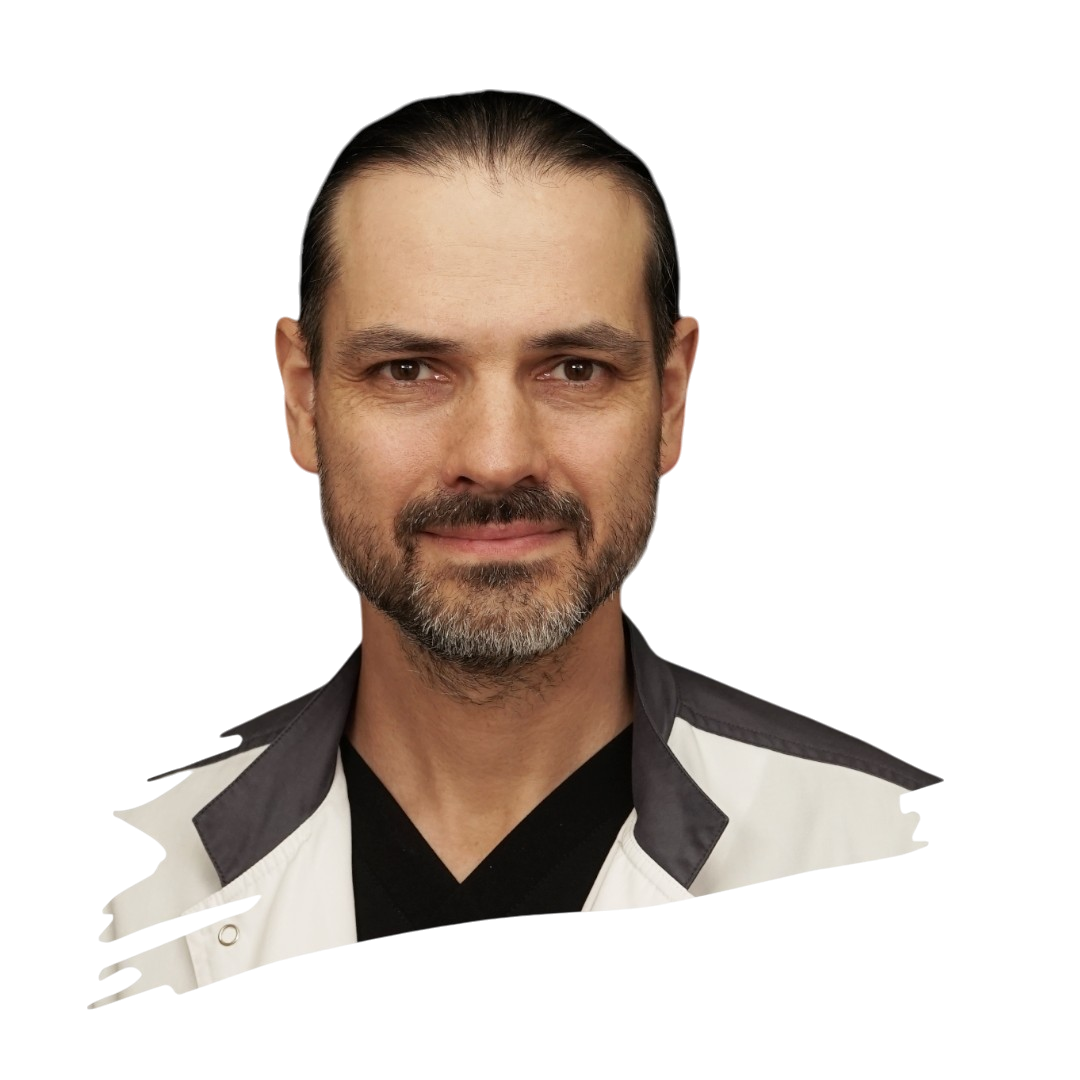Nose Correction in Patients with Deviated Septum: A Double Effect
Every girl dreams of harmony in her appearance, but sometimes this dream collides with reality — a deviated nasal septum can create serious difficulties both in breathing and in the aesthetic perception of one's face. Deviated septum rhinoplasty, or rhinoseptoplasty, can be a solution that simultaneously addresses these problems. Combining aesthetic and functional goals in a single operation allows not only for the restoration of health but also for achieving the desired appearance.
What is a Deviated Nasal Septum?
A deviated nasal septum is a condition in which the septum between the nasal cavities shifts from its normal position. This can happen due to injuries or can be congenital (present from birth). The problems arising from such a shift are varied: obstructed breathing, frequent headaches, snoring, and even allergic reactions. Additionally, this condition can negatively affect appearance, creating asymmetry and deformation. Addressing these issues becomes an important task that requires a professional approach.
Why Rhinoseptoplasty is Better
Traditionally, correcting a deviated septum and performing aesthetic rhinoplasty were done separately. Ear, nose, and throat (ENT) doctors handled the functional aspects, while plastic surgeons focused on the appearance. However, modern rhinoseptoplasty offers a new approach that combines these two tasks within a single operation. Technically, this is more efficient because:
- Single surgical intervention avoids the need for repeated anesthesia and reduces recovery time.
- Preservation of cartilage allows for a more flexible approach to aesthetic correction without removing excessive tissue.
- Harmonious results are achieved thanks to the work of one surgeon, which allows for coordination of functional and aesthetic aspects.
- Financial efficiency of one operation may prove to be more cost-effective compared to two separate procedures.
Indications for Combined Surgery
Rhinoseptoplasty is recommended in the following cases: persistent difficulty in breathing, the need to correct nasal symmetry, the use of modeling cartilage grafts, and the desire to improve both breathing and the appearance of the nose simultaneously. It is important to understand that a deviated nasal septum is not only an aesthetic issue but also has a significant impact on the quality of life.
Methods of Performing Rhinoseptoplasty
There are two main approaches in rhinoseptoplasty: open and closed. Open rhinoseptoplasty requires a small incision on the columella (the tissue that separates the nostrils), allowing the surgeon to work thoroughly with the internal structures. This method is suitable for complex cases. Closed rhinoseptoplasty is performed through incisions inside the nasal cavity and is ideal for less pronounced deformations.
Both methods aim to restore nasal function and correct shape. Surgeons can straighten deviated parts of the septum, correct asymmetry, sculpt the tip of the nose, and place cartilage implants to achieve the desired result. Modern approaches emphasize tissue preservation and minimally invasive techniques, which reduce the risk of postoperative complications.
Preoperative Preparation
Before the surgery, the patient undergoes a comprehensive examination. This includes a consultation, where the surgeon discusses wishes and identifies functional impairments, as well as a CT scan to assess the degree of septal deviation. It is important to remember that 2 to 3 weeks before the surgery, it is recommended to cease taking blood-thinning medications and to quit smoking.
Postoperative Recovery Process
Recovery is a gradual process that requires patience. After rhinoseptoplasty, the patient has nasal tampons and a supportive bandage that are later removed. Swelling and bruising are common, and complete restoration of shape can take up to six months. It is important to understand that the final shape of the nose will develop as the swelling decreases.
Effectiveness of Rhinoseptoplasty: Functional and Aesthetic Results
Rhinoseptoplasty provides a double effect — restoring nasal breathing and improving aesthetic appearance. Functional results include alleviating breathing difficulties, reducing snoring and the frequency of headaches, as well as enhancing sleep quality. Aesthetic achievements involve correcting nasal asymmetry, fixing deformities of the bridge, and harmonizing facial features. These results make rhinoseptoplasty not just a surgery, but a true art of creating harmony.
Special Cases of Rhinoseptoplasty
Sometimes, a revision rhinoseptoplasty is needed due to unsatisfactory results from a previous surgery or complications. Such cases require particular skill as the surgeon is working with modified tissues. Facial injuries often lead to a deviated septum and require a combined approach to correct both aesthetic and functional impairments.
Modern Trends in Rhinoseptoplasty
Modern rhinoseptoplasty thrives on the spirit of individualization. It aims to create a strong nasal framework using the patient’s own tissues, which prevents long-term complications. 3D modeling allows for precise surgical planning and demonstrating expected results. An individual approach by the surgeon to each patient ensures that every nose looks natural and harmonious.
Conclusion
Rhinoseptoplasty is a complex operation that addresses two main issues: restoring normal nasal breathing and correcting aesthetic defects. Combining these tasks within a single operation not only makes the procedure effective and economically viable but also creates harmony between function and form. Consulting a qualified specialist with experience in both functional and aesthetic procedures is the foundation for successful results. Modern techniques enable achieving natural and beautiful outcomes while preserving the individuality of the patient’s facial features. Deviated septum rhinoplasty becomes the key to a new quality of life and self-confidence.
Do you want to keep up to date with the latest news about plastic surgery? Subscribe to my Telegram channel: https://t.me/By_Staisupov_ENG
Do you like to watch videos? More useful information is available here (the channel is in Russian, but you can always turn on auto-titles): https://www.youtube.com/@staisupov
All the results of plastic surgery can be found here: https://staisupov.com/results







